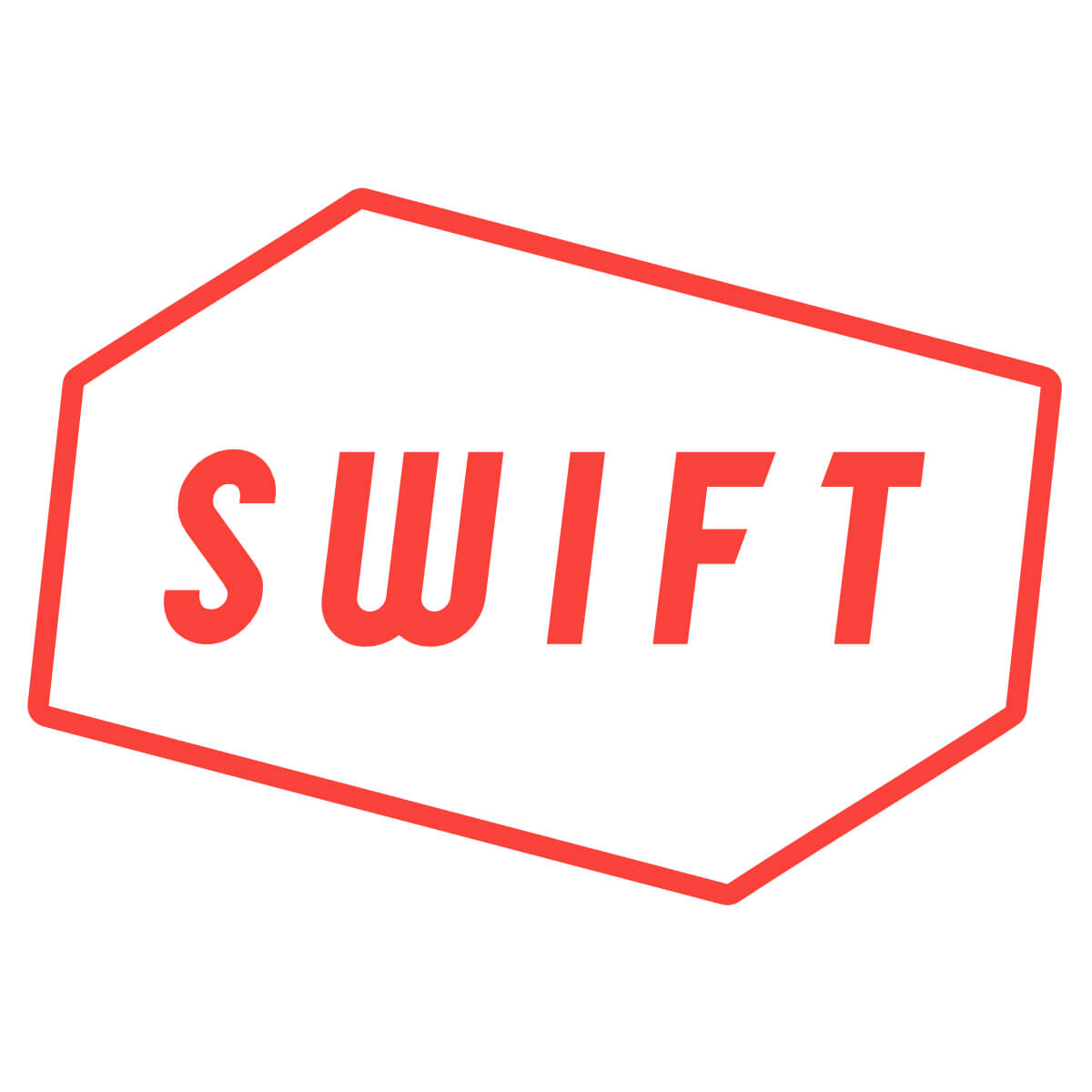81.2
Velocity (max)
9/16/25
Rankings available to Premium Subscriber
Rankings available to Premium Subscriber







To unlock contact information, you need to purchase a ScoutPLUS subscription.
Purchase Subscription
Positional Profile: LHP/1B
Body: 5-9, 124-pounds. Lean frame, room to add strength.
Hit: RHH. Crouched setup, minimal hand load, short stride, linear lower half. Flat path, looseness throughout, easy operation, works to keep the ball on a line. 57 mph bat speed with 5 G’s of rotational acceleration.
Power: 77 max exit velocity, averaged 70 mph. 237’ max distance.
Arm: LH. INF - 74 mph. Compact arm, 3/4 slot.
Defense: Two-hand gather out front, secures the ball into the glove, glove-tap pre-pitch for rhythm.
Run: 7.82 runner in the 60.
Positional Profile: LHP/1B
Body: 5-9, 124-pounds. Lean frame, room to add strength.
Delivery: Stretch-only, smooth and fluid mover, drop/drive lower-half that works in-line down the mound, controlled finish.
Arm Action: LH. Efficient, 3/4 slot.
FB: T79, 78-79 mph. Some carry, arm-side run, late-life. T2006, 1901 average rpm.
CB: 65-68 mph. Sharp 12/6 break, depth. T2527, 2447 average rpm.
SPLT: 69-71 mph. Sharp, late drop, developing feel for the zone.
Positional Profile: 1B/LHP 5.5 field
Body: 5-8, 114-pounds. Wiry, athletic frame.
Delivery: Stretch-only, clean delivery, plays on-line and with rhythm.
Arm Action: RH. Short arm action, high 3/4 slot.
FB: T75, 73-75 mph. Plays straight, easy out of the hand, late run at times. T1814, 1684 average rpm.
CB: 62-64 mph. 1/7 shape, sweeping action at times. T2115, 2047 average rpm.
SPLT: 66-68 mph. Maintains arm speed, occasional tumble and action.
Hit: LHH. Crouched, wide setup, minimal stride. Short, flat swing, looks to control the barrel, line-drive approach.
Power: 76 max exit velocity, averaged 69.2 mph. 218’ max distance.
Arm: RH. INF - 74 mph. Loose arm, high 3/4 slot.
Defense: Two-hand gather out front, steady hands.
Run: 8.19 runner in the 60.